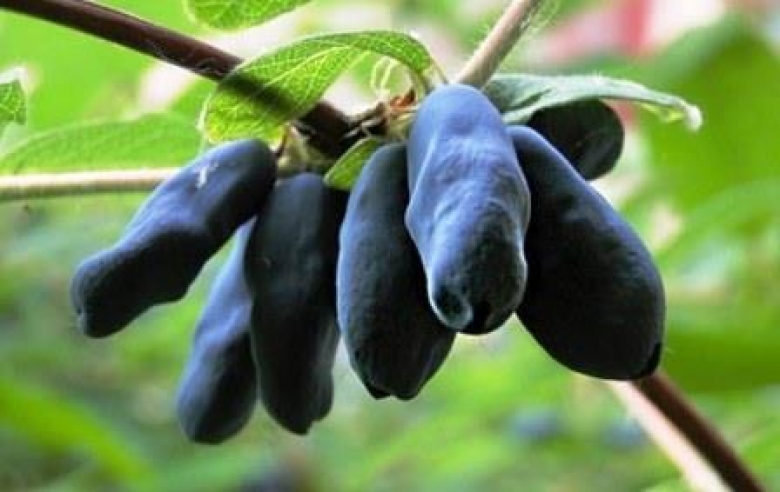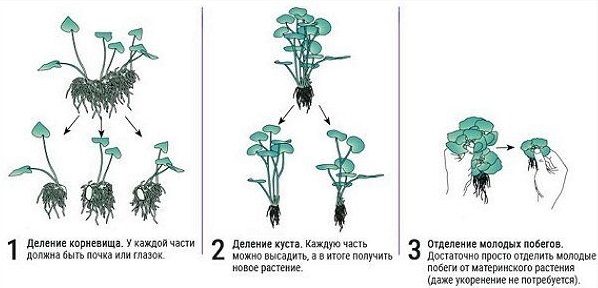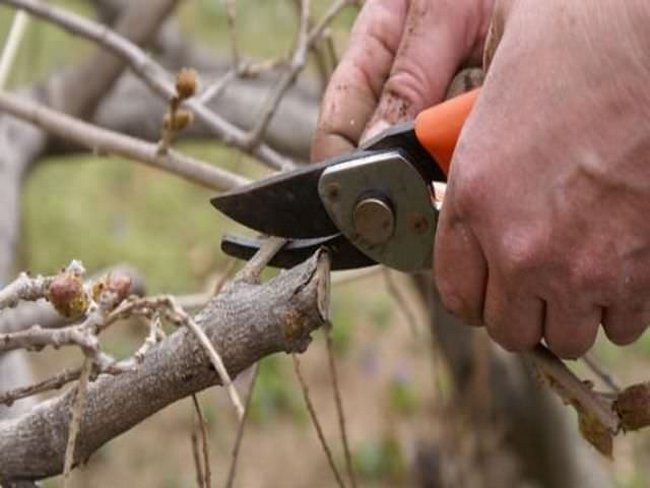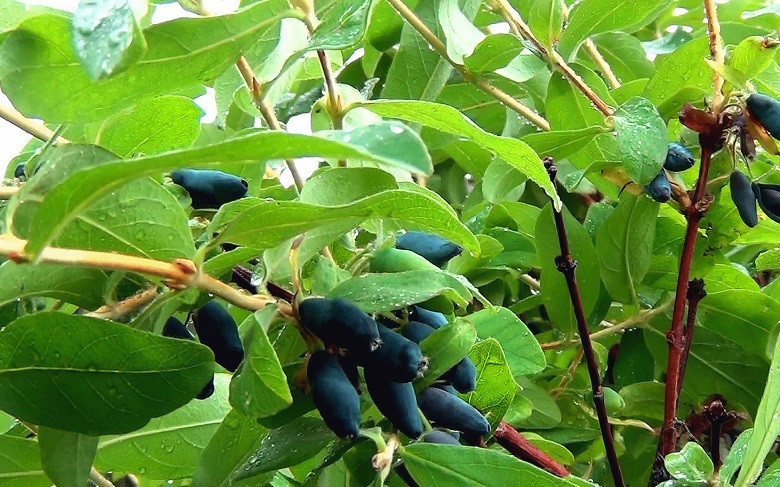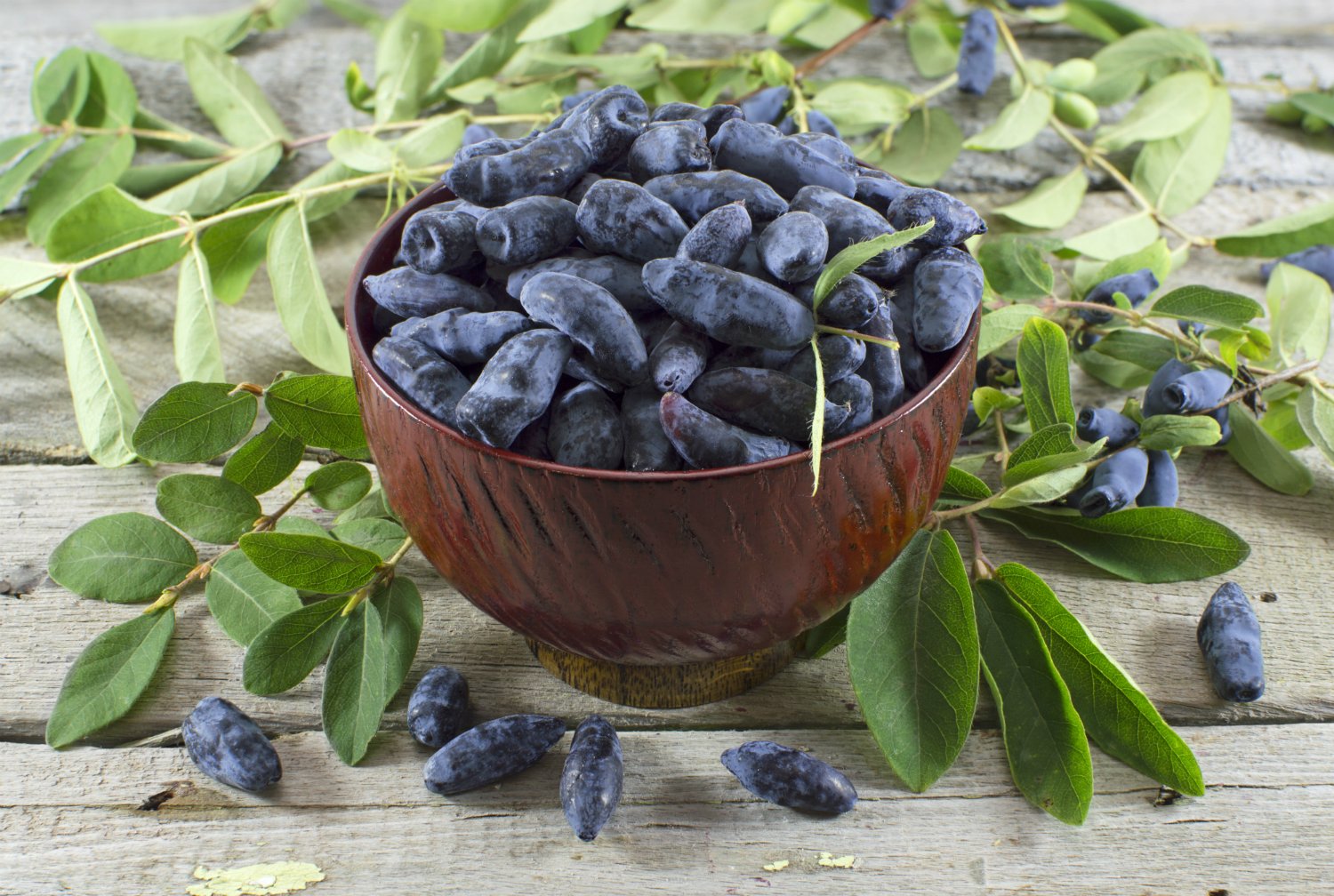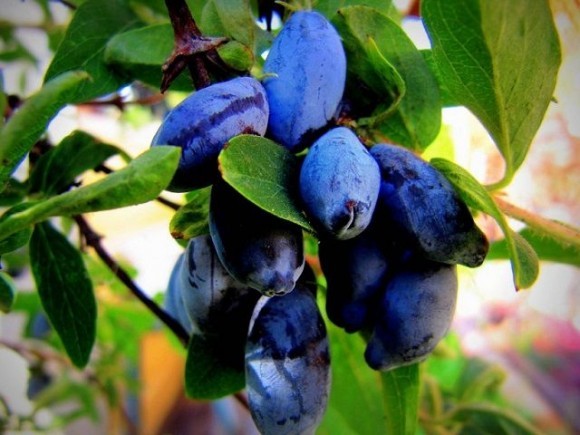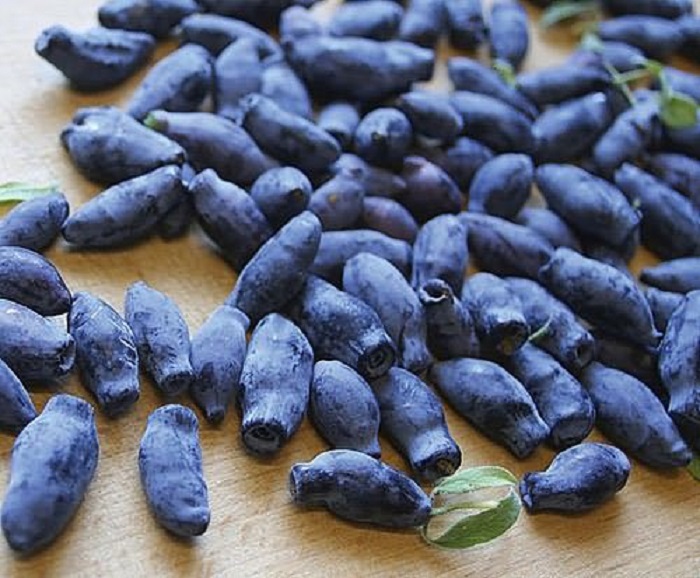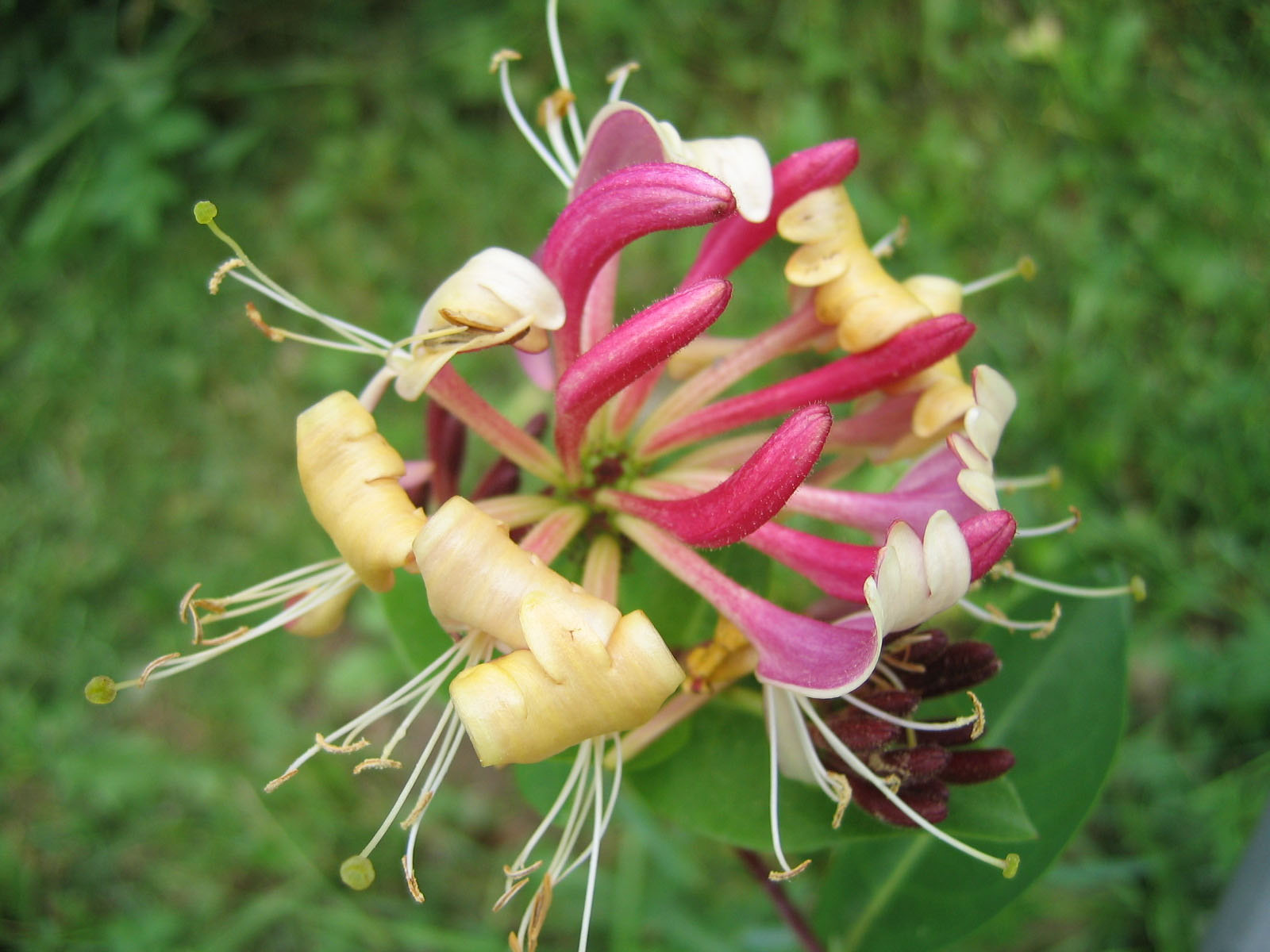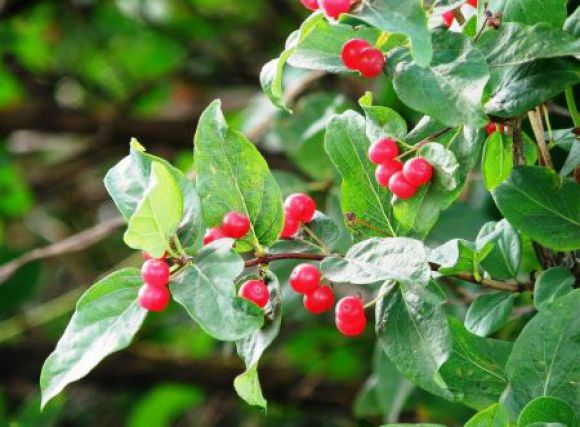Content:
Honeysuckle, the pride of Bakchar, was bred in the Bakcharskoye unitary institution, which is the flagship of national breeding science. The plant is so popular that gardeners throughout our country are engaged in its cultivation. The honeysuckle of this variety is famous for its large fruits with excellent taste characteristics.
The history of the creation of the variety
The history of breeding varieties of Bakchar honeysuckle is closely connected with the development of the nursery of the same name of the Scientific Research Institute of Siberia, located in Tomsk. Back in 1934, work began to study the possibility of growing fruit and berry horticultural crops in the harsh conditions of the Siberian taiga and marshy soils. Short summer, cold spring, long winter - in such harsh climatic conditions, breeders bred new varieties of horticultural crops. The main direction of scientific research was the breeding of a new berry culture at that time - honeysuckle. Over the years, more than two dozen new varieties of this amazing garden culture have been bred, adapted to the harsh conditions of Siberia. One of their main achievements was the breeding of Bakchar's Pride - gimp with an excellent description of the variety.
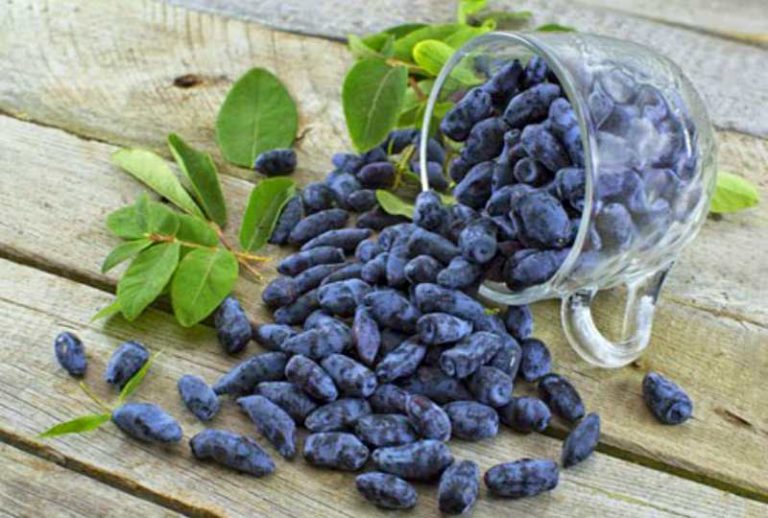
Delicious harvest of honeysuckle Bakchar's pride - dark blue berries with a harmonious taste of sweetness and delicate bitterness, filled with strawberry aroma
Description and botanical characteristics
Bakcharskiy or Kamchatka variety of honeysuckle has the following characteristics:
- The plant is a shrub with large fruits, up to 5 cm long and weighing up to 3 g;
- The height of the bush can reach from 1.5 to 1.6 meters;
- Crown volume - up to 120 cm;
- The branches are generally straight and strong. Partial bending under the weight of ripe fruits is possible;
- The plant has a spreading crown, so it is not recommended to use it as an element of landscape design;
- The berries are spindle-like in shape, dark blue with a white bloom;
- Late-ripening variety. Berries ripen at the end of July;
- Edible ripe fruits of pleasant sweet and sour taste with a slight hint of bitterness;
- The yield of an adult plant is from 3.6 to 4 kg per bush;
- Fruits are well transported and stored;
- Berries are recommended to be eaten fresh, and you can also prepare any canned food product: preserves, jams, compotes.
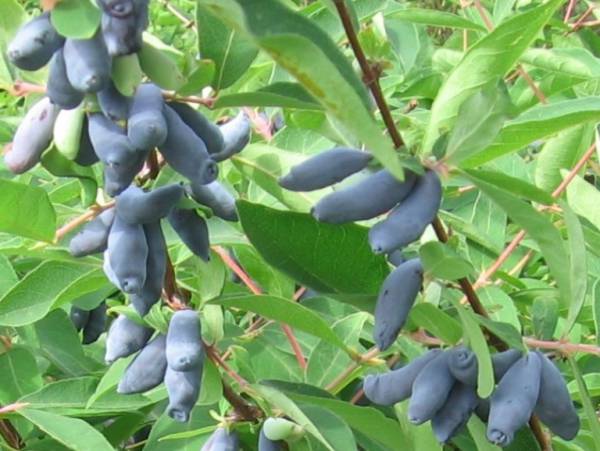
Fruits of the Pride Bakchara variety resemble the shape of a spindle and have a high nutritional value.
If you describe the features of the plant, then it should be noted its excellent winter hardiness. Honeysuckle Bakchar's pride is not afraid of winter cold, and even in returnable spring frosts, flowers do not fall, and fruit ovaries do not die. This characteristic of honeysuckle makes it possible to cultivate this berry culture in the northernmost regions of our country.
Growing features
Bakchar honeysuckle belongs to the category of barren plants, therefore, a pollinator plant must be planted next to the bush. For better cross-pollination, experienced gardeners usually plant two to three different varieties of plants. It is recommended to maintain a distance of up to 1.5 meters between individual bushes.
Recommended pollinating plants:
- Honeysuckle variety "Strezhevchanka";
- "Delight";
- "Bakchar Giant";
- "Bazhovskaya".
A similar feature of cultivation is characteristic of almost all varietal species of edible honeysuckle.
Planting seedlings
Honeysuckle propagation is carried out in the following ways:
- Dividing an adult bush. This method makes it possible to grow a full-fledged plant the next year after planting. For division, choose adult honeysuckle bushes aged 3 to 4 years;
- By cuttings. Cuttings are harvested immediately after the plant fades. To do this, using garden shears, it is necessary to cut off several young branches and prepare cuttings from 10 to 15 cm long from them. The lower part is freed from leaves and immersed in a growth stimulator for a day. The next day, the prepared section of the branch is planted in damp soil previously watered with water and covered with a glass jar;
- Layers. Honeysuckle Pride Bakchar begin to breed in the middle of summer. Several layers of young growth are formed and fixed to the ground with pieces of wire. Experienced gardeners recommend making a small incision on the surface of the bark for quick root germination. The next year, the dug individual lashes already have their own root system and are ready for planting in the ground;
- Ready-made seedlings. Planting of honeysuckle seedlings is carried out in early spring or autumn in prepared holes measuring 40x40x40 cm. Agrotechnics of planting Bakchar honeysuckle is not much different from the technique of planting any cultivated plant;
- Seeds.
Honeysuckle grows best in open and sunny areas; in the shade, the yield decreases, and the berries become smaller. The shrub does not like windy and windy areas with cold drafts.
Bush care
Honeysuckle Bakchar's pride requires little maintenance.
Gardeners usually use standard agricultural practices:
- Timely watering;
- Plant feeding;
- Trimming the thickened crown;
- Timely weed removal.
Such simple care helps the plant to develop fully and reward with a bountiful and tasty harvest.
To prevent moisture from evaporating so quickly, the watering site should be mulched.
Top dressing of the variety is carried out in the third year of the plant's life. It is best to use organic fertilizers in the form of compost or rotted manure. Top dressing is applied in early spring, before the buds awaken, or in autumn, after harvesting ripe fruits. When the honeysuckle blooms, you can make groundbait with mineral complex fertilizers with a high content of potassium, phosphorus and nitrogen. During the period of fruit setting, the berry is obligatory fed with wood ash.
When the shrub grows, it is necessary to thin the crown to prevent thickening. To do this, the old branches are removed, and the new flowering shoots are left for further fruiting. This simple agrotechnical technique allows you to achieve better illumination of the bush with sunlight, which has a positive effect on the taste of the berries.
Advantages and disadvantages of the variety
The main advantages of honeysuckle variety "Pride of Bakchar" include the following factors:
- Plant resistance to temperature fluctuations;
- Large and juicy edible fruits with a large composition of nutrients and vitamins;
- Early maturation;
- Simplicity of care;
- The specified type of honeysuckle is resistant to diseases and is rarely affected by pests;
- The harvested crop does not deteriorate during transportation and is well preserved under appropriate conditions.
Berry culture has only one drawback - the possibility of shedding ripe berries. It is easy to deal with this disadvantage - it is enough to spread dense fabric under the bushes and slightly shake the plant.Fallen ripe berries do not shrivel and can retain their freshness for another three days.
The cultivation of Bakchar honeysuckle can be done not only by experienced gardeners, but also by amateur beginners. This fruitful variety, due to its unpretentiousness, ease of care, will appeal to absolutely everyone. Its growth does not need to be constantly monitored; as a reward, the Honeysuckle Pride of Bakchar will generously bestow delicious and sweet berries.
